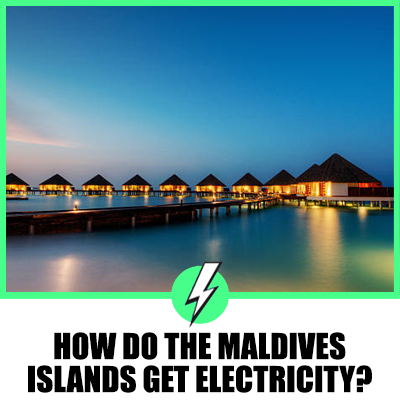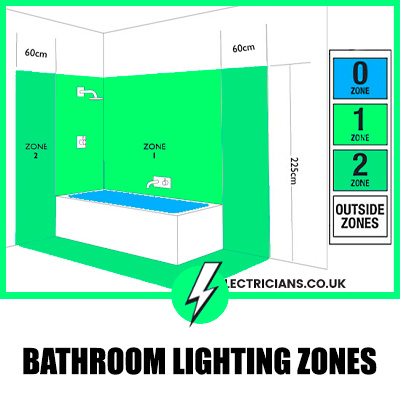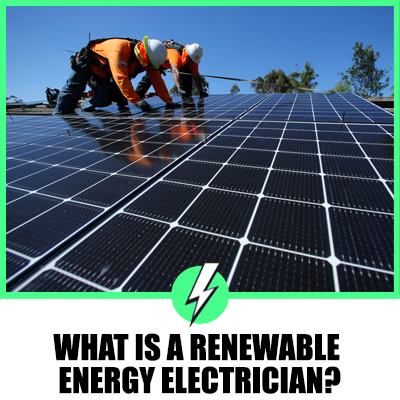How the Maldives Islands Get Electricity
The Maldives, a small archipelago in the Indian Ocean, is often described as a slice of heaven on Earth.
With its pearl white sandy beaches, abundant coral and marine life, it’s a dream destination for many.
However, powering this paradise is a unique challenge due to its geographical dispersion.
This article explores how the Maldives generates and distributes electricity across its islands.

Contents
How do the Maldives get their electricity?
The Maldives, being an archipelago of 26 atolls and over 1,000 coral islands, faces unique challenges in power generation and distribution.
Each resort in the Maldives is essentially an individual island with its own infrastructure, including its electricity system.
The primary source of electricity in the Maldives is diesel generators. These low noise generators operate independently on each island, providing the necessary power for the resorts and local inhabitants.
The use of diesel generators is a practical solution given the geographical dispersion of the islands, as it allows for independent operation without the need for extensive power grids.
The Role of Diesel Generators
Diesel generators are a reliable and efficient source of power, making them a popular choice for remote locations like the Maldives.
These generators convert the chemical energy in diesel fuel into mechanical energy, which is then converted into electrical energy.
This process provides a steady supply of electricity, ensuring that the resorts can operate smoothly.
The generators are typically located in a separate area of the resort to minimize noise and are maintained by the resort’s technical team.
This setup ensures that guests can enjoy their stay without any interruptions or inconveniences.
What is the main energy source of the Maldives?
While diesel generators are the primary source of electricity, the Maldives is also exploring renewable energy options.
Given the abundance of sunlight the islands receive, solar power is a promising alternative.
The Maldivian government has initiated several projects to harness solar energy, with the aim of reducing the country’s dependence on imported diesel.
This not only aligns with the global shift towards renewable energy but also helps the Maldives reduce its carbon footprint and combat the pressing issue of climate change.
The Promise of Solar Power
Solar power is a clean, renewable source of energy that has significant potential in the Maldives.
The country’s geographical location near the equator ensures that it receives ample sunlight throughout the year, making it an ideal place for solar power generation.
Several resorts have already started installing solar panels on their rooftops, reducing their reliance on diesel generators.
These initiatives are not only environmentally friendly but also cost-effective in the long run.
Who provides electricity in the Maldives?
The provision of electricity in the Maldives is largely handled by the State Electric Company Limited (STELCO), the main state-owned utility company.
STELCO operates power plants across the country and is responsible for the generation, distribution, and supply of electricity.
However, in the case of resorts, they typically have their own diesel generators to ensure a reliable power supply.
These generators are maintained by the resort’s technical team, ensuring a seamless vacation experience for their guests.
How do Maldives resorts get water?
Water is another critical resource that poses a challenge in the Maldives.
The islands lack freshwater sources, making the provision of potable water a significant concern.
Resorts typically address this issue by using desalination plants that convert seawater into freshwater.
This water is then used for various purposes, including drinking, cooking, and irrigation.
The Challenge of Water Provision
The lack of freshwater sources in the Maldives makes water provision a significant challenge.
Desalination plants, which convert seawater into freshwater, are a common solution.
These plants use a process called reverse osmosis to remove the salt and other impurities from the seawater, making it safe for consumption and use.
However, desalination is an energy-intensive process, further increasing the demand for electricity in the resorts.
This interdependence between water and energy provision underscores the importance of efficient and sustainable solutions in the Maldives.
Insights from Online Discussions
Online discussions reveal fascinating insights into the power generation and distribution in the Maldives.
A Quora discussion highlights the use of diesel generators in resorts, while a YouTube video provides a visual representation of how electricity is transferred from one place to another.
These discussions underscore the unique challenges faced by the Maldives due to its geographical layout.
They also highlight the country’s efforts to transition towards renewable energy sources, particularly solar power.
Conclusion
Powering the Maldives is a complex task that requires innovative solutions.
From diesel generators to solar power initiatives, the country is continuously exploring ways to meet its energy needs.
As the Maldives continues to balance its status as a top tourist destination with its environmental responsibilities, its approach to power generation and distribution will undoubtedly continue to evolve.





